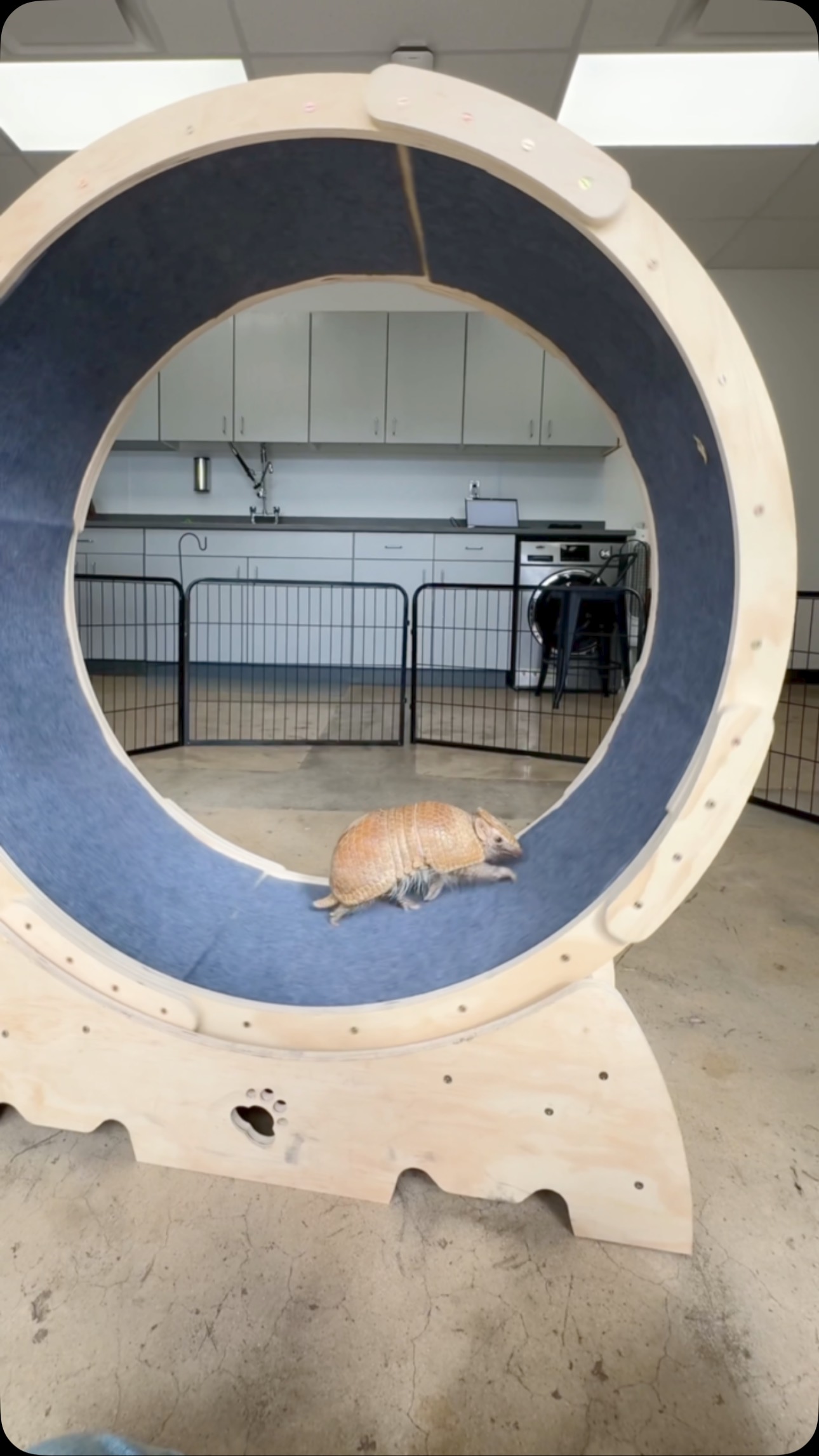- Understanding the resilience and adaptability of animals in variable weather conditions.
- The role of exercise and physical activity in animal welfare and conservation.
- Insights into zoo management practices that ensure animal health during adverse weather.
- The significance of regular assessments in wildlife conservation efforts.
- The public perception and educational opportunities provided by showcasing animal resilience.
Animals have consistently demonstrated remarkable adaptability and resilience to weather challenges, illustrating nature’s capacity for survival. Wilson, undeterred by a little cold, epitomizes this trait, serving as an emblematic figure for understanding how wildlife copes with varying environmental conditions. This fascinating subject encompasses not only the physiological and behavioral adaptations that enable animals to thrive despite temperature fluctuations but also the broader implications for conservation and zoological management.
The adaptive strategies of animals to cold weather range widely, spanning from physiological changes, such as the development of thicker fur coats in mammals, to behavioral modifications, including altering daily activity patterns. These adaptations ensure survival and continuity of species. The ability of creatures like Wilson to maintain their workout routines despite unfavorable weather exemplifies these natural strategies, providing a model of resilience that captivates researchers and animal enthusiasts alike. Such adaptations are central to their survival and are a testament to the evolutionary processes that shape species.
Exercise and physical activity hold significant importance in animal welfare, akin to their vital role in human health. Regular physical activity promotes physical and mental well-being, contributing to an animal’s overall quality of life. For zoo-managed animals, exercising despite cold temperatures instills mental stimulation and prevents obesity, which can be detrimental. The dedication to physical activity exemplified by Wilson highlights the broader understanding of animal wellness on both physical and psychological fronts. It contributes significantly to their life quality by mimicking natural behaviors that they would exhibit in the wild.
Zoo management is pivotal in preserving and promoting the health of animals residing in artificial habitats. Caretakers and zoologists must implement practices that maintain both physical and psychological welfare for the organisms under their care. Zoo facilities must strike a balance, presenting environments that simulate wild habitats while providing additional care and shelter during harsh conditions. Furthermore, the use of enrichment activities that encourage exercise, even in cold weather, is crucial for supporting animal vitality. These activities have dual benefits: keeping animals engaged while fostering behaviors that are closer to their natural lifestyles.
Conducting regular assessments is crucial in wildlife conservation efforts, helping to monitor the health, well-being, and adaptation of animals to zoo environments. These evaluations ensure that animals like Wilson can thrive, regardless of weather variability. Conservation efforts are increasingly focusing on incorporating exercise regimens and environmental enrichments that adhere to an animal’s natural behaviors. Implementing scientifically-informed strategies that promote resilience can improve the welfare of zoo inhabitants and support broader conservation goals. It contributes to a cycle of feedback, where observations from zoos can inform conservation efforts, creating a concerted effort to protect and sustain wildlife populations.
Beyond these scientific and managerial perspectives, the public’s perception of animals braving cold weather provides educational opportunities. Exhibits that demonstrate resilience against harsh conditions inspire visitors and elicit a greater interest in wildlife conservation. Facilities can effectively engage audiences by showcasing stories, like Wilson’s determination, to work out in cold conditions. These narratives increase understanding and foster a connection between people and wildlife. They also underscore the significance of conservation efforts and the efforts taken by zoos and wildlife parks to maintain animal health, thus playing a crucial role in rallying public support for environmental stewardship.
The compelling story of Wilson’s perseverance against the cold is more than just an anecdote; it is a microcosm of the broader themes that influence wildlife management and conservation. It exemplifies the balance of providing optimal care while fostering resilience, ultimately enhancing the public’s connection with wildlife. The ongoing commitment to understanding and accommodating the needs of animals in various environmental contexts remains central to the advancement of zoological research and conservation practices.
*****
Source Description
Wilson doesn’t let a little cold get in the way of his workout! 🥐💨
.
.
.

